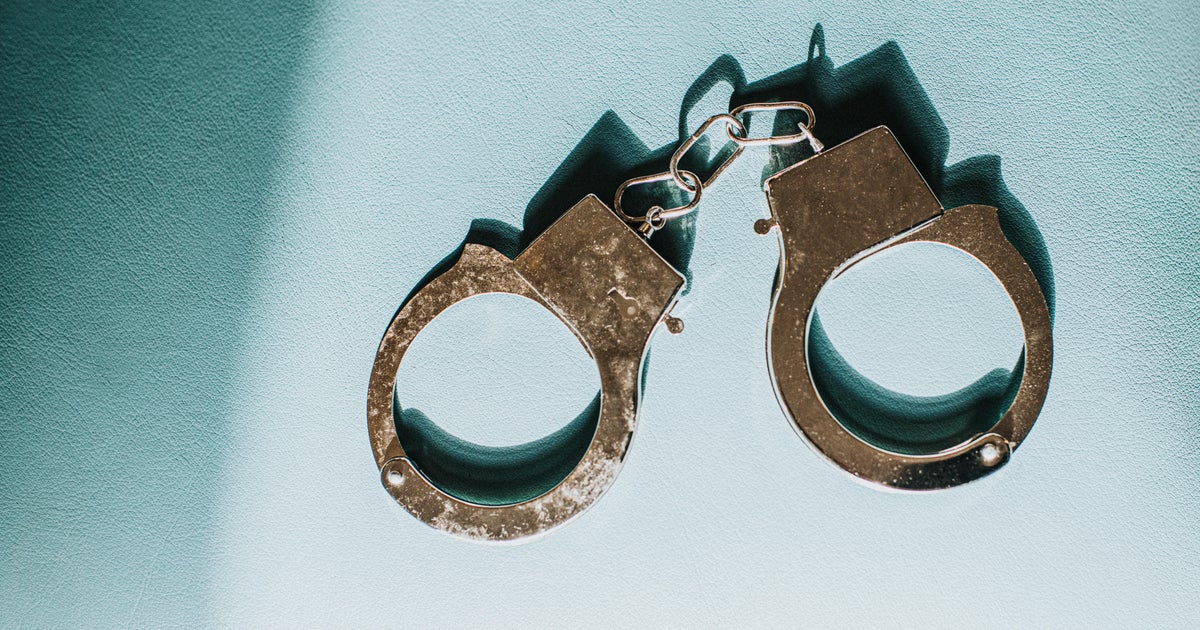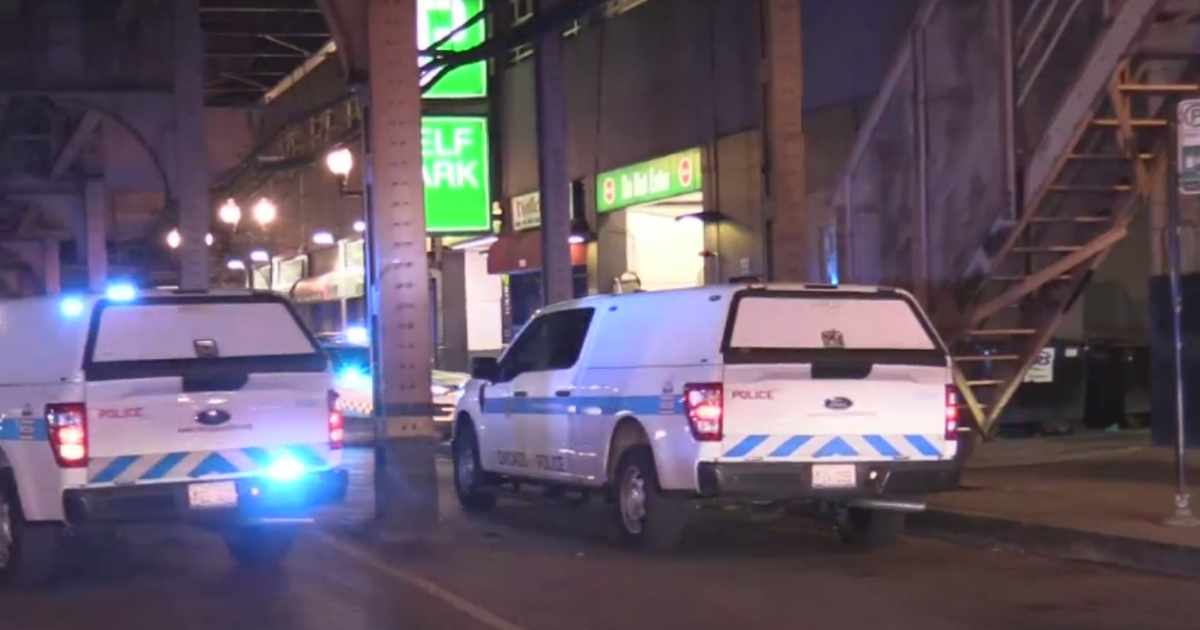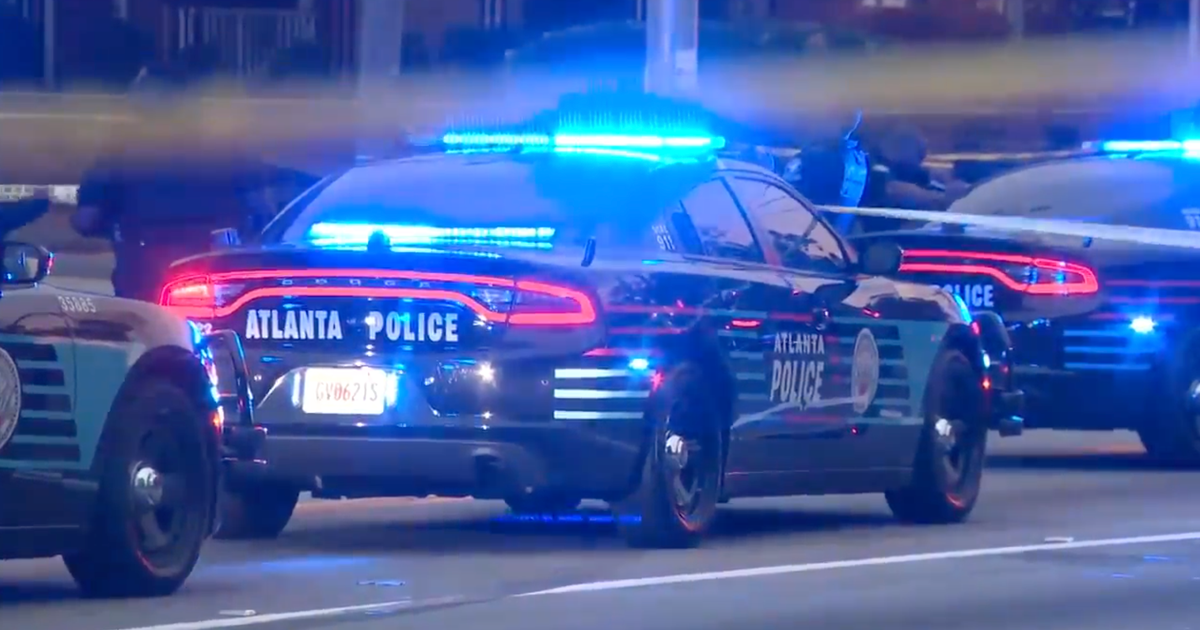Is DeSoto's investment in ShotSpotter paying off?
DESOTO — It's been called a "gimmick" by some and credited with saving lives by others.
Police use of gunshot detection technology has drawn plenty of criticism in recent years. But while some cities across the country are now choosing not to use it, one North Texas police department is pleased with the results it's seen using ShotSpotter.
In 2023, the City of DeSoto signed a three-year contract with SoundThinking, ShotSpotter's parent company. The $300,000 contract was paid for with money from the American Rescue Plan Act — a legislative package created to help cities recover from the COVID-19 pandemic.
The DeSoto Police Department installed ShotSpotter microphones in a two square mile section of the city's northeast side, about 10% of the city. The area was chosen by the department by analyzing calls over the past five years to pinpoint where officers believed there was a need.
When ShotSpotter microphones pick up a loud noise, the technology can pinpoint where it occurred within an 82-foot radius. Once the system detects the sound, a remote staff member analyzes the audio to confirm that it was gunfire. An officer is then dispatched. This whole process is supposed to take place in less than a minute.
The city's Shotspotter system went live on April 20. A little more than a month later, a 14-year-old boy was shot in broad daylight. ShotSpotter microphones picked up the gunfire, first responders were able to get to the scene, render aid and get the victim to the hospital. He survived and police later made an arrest.
DeSoto Assistant Police Chief Ryan Jesionek said the quick response was thanks, in part, to ShotSpotter.
DeSoto's ShotSpotter program: A year in
A year later, Jesionek says ShotSpotter is still working for the department's needs.
"I really like what it does for our officers in regards to providing them the ability to respond to these incidents tactically," Jesionek said. "They're not driving into an area that could be an ambush waiting for them. They have a good idea with the information that they're provided with through ShotSpotter of exactly where this incident is taking place and so they can actually formulate a plan."
In the first 13 months of DeSoto's contract with SoundThinking, the department recorded responding to a ShotSpotter notification 166 times. Of those, 140 ended up being actual, separate gunfire incidents. Thirty-nine of these, or about 28%, yielded some kind of activity, including:
- 8 arrests
- 4 gunshot victims located
- 10 firearms seized
- 7 citations issued
- 224 fired cartridge casings located
About 56,000 people live in DeSoto and the police force currently has 79 sworn officers. Jesionek said for a city of this size, these numbers are significant.
"It's certainly difficult to put a value on intervention in a gunshot incident involving an injury," Jesionek said. "I would say for victims' families, intervening in and perhaps saving somebody's life is invaluable."
CBS News Texas reached out to more than 30 other North Texas police departments to find out who else is using gunshot detection technology. In the last year, Arlington and Fort Worth have deployed a similar system through a different vendor, Flock.
Meanwhile, the City of Dallas set aside $450,000 to purchase the system and additional license plate readers.
But when we reached out, the Dallas Police Department told us they're researching the technology, but not currently using it.
Concerns about gunshot detection technology
In recent years, ShotSpotter's effectiveness has come into question.
In Houston, Mayor John Whitmire has said he wants to cancel the city's $3.5 million contract, calling gunshot detection technology a "gimmick."
In Chicago, Mayor Brandon Johnson announced he would not renew the city's contract. The mayor's plan has been publicly opposed by several members of Chicago's City Council and former Chicago Police Supt. Eddie Johnson.
Earlier this year, lawmakers from Massachusetts and Oregon sent a letter to the Department of Homeland Security, requesting an investigation into federal funding for ShotSpotter. In that letter, they wrote about their concerns that the technology leads to over-policing of Black and brown communities.
In a statement to CBS News Texas, SoundThinking said:
Regarding the congressional delegation letter claiming that ShotSpotter leads to over policing in Black and brown neighborhoods, we respectfully and categorically challenge these conclusions and assertions as misguided and misinformed.ShotSpotter is effective, accurate, and supported by leaders of and communities of color.
According to a Brookings Institution study,more than 80% of gunfire incidents go unreported to 911. That means gunshot victims may not receive lifesaving first aid. Gun crimes may go unsolved, leaving criminals with the propensity to use firearms on the streets and the law-abiding residents of impacted communities—i.e., the vast majority of the people who live there—continuing to suffer unacceptable levels of violence, fear and, far too often, tragedy.
ShotSpotter was created to help bridge gaps in the 911 reporting system, to help police quickly respond to shooting incidents, to render aid to gunshot wound victims as needed, to enhance evidence collection, to increase the likelihood of arresting assailants and saving victims' lives, and ultimately to make communities safer places to live, work, and raise families. It does so in a fair and unbiased manner that does not violate individual civil rights.
In incidents where lives may hang in the balance and every second counts, the ShotSpotter system alerts police to virtually all gunfire in a community's coverage area within 60 seconds. The fast response made possible by this technology ultimately helps save lives, locate suspects, and collect critical evidence.
Regarding accuracy, though we are contractually committed to a 90% accuracy rate, our actual accuracy rate across all customers is 97%.
Importantly, we must all give great weight to the more than 170 cities and towns that today turn to ShotSpotter to enhance safety for their residents. Contrary to the letter's assertions, the best judges of the efficacy and fairness of our technology, and whether it operates without bias, are the leaders and members of the communities that employ it. By that standard of those who live amid violence, ShotSpotter is welcome.
We are proud of the value that ShotSpotter delivers to law enforcement to help address criminal gunfire and save lives.
DeSoto sees the value in the technology
Jesionek said he believes the program has been successful so far for a few reasons.
"I think the difference is developing a plan, developing a policy that guides our officers in regards to how they respond to this information," Jesionek said. "Another part of our policy also demands that our officers only use it for what it was intended for, which is detection of gunshots."
Jesionek also believes the size of the city also makes a difference:
"We are a small enough agency that we can still focus on every incident that happens."







